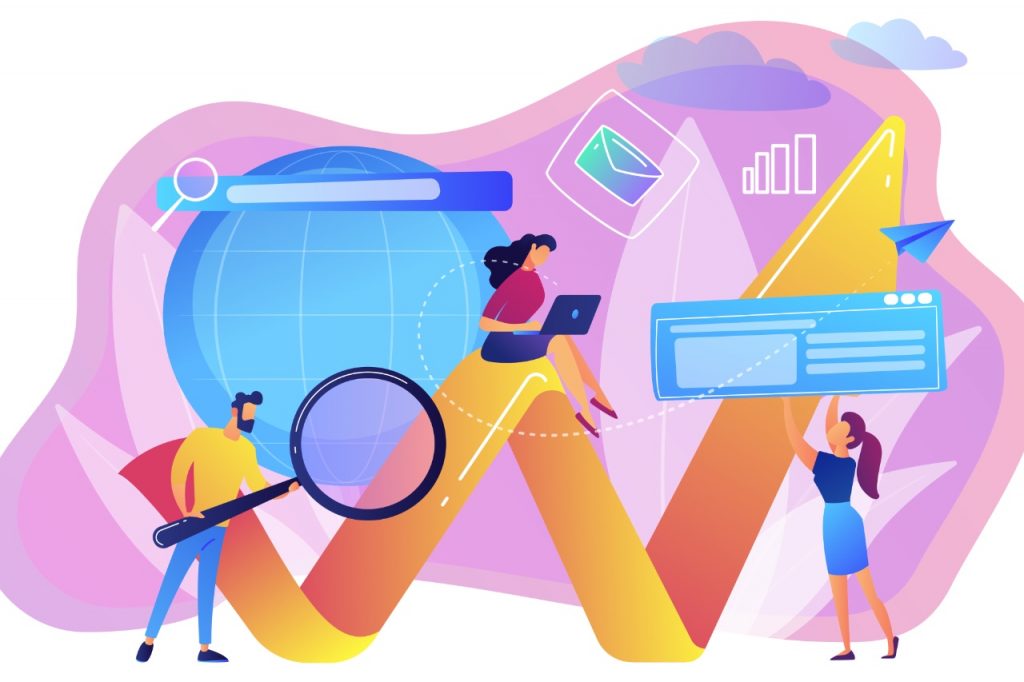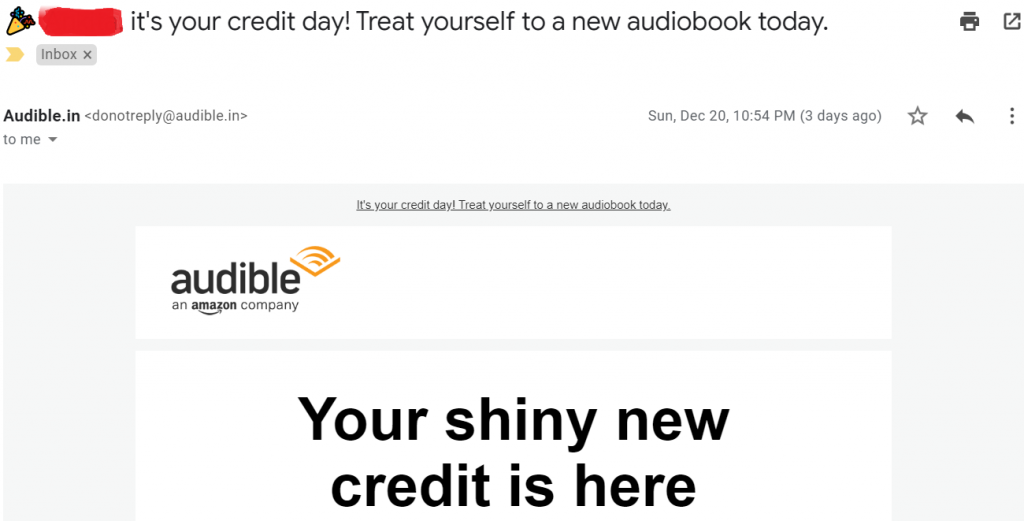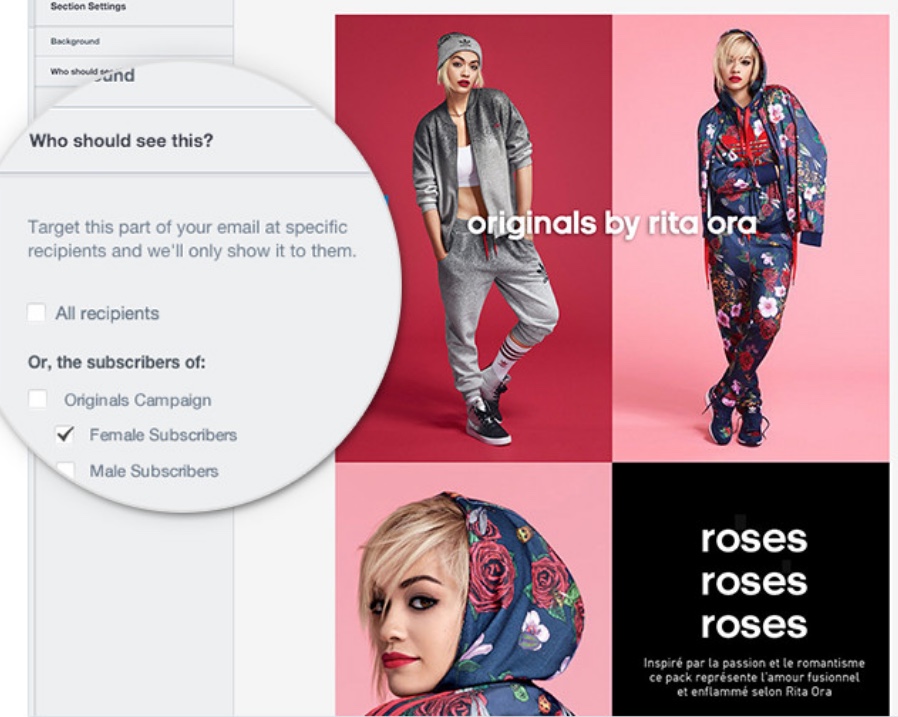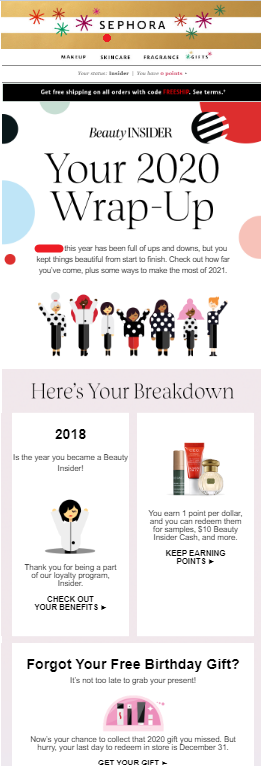But, what exactly is email personalization? Email personalization refers to the practice of sending more targeted, relevant, and personalized emails to your subscribers. The level of personalization can vary from personalizing for each recipient to mass personalization using audience segments. However, the goal of personalization remains the same: to make email marketing more targeted and relevant to your audience. This, in turn, also improves the effectiveness of your emails and drives more conversions. Email personalization, therefore, is one of the best practices for email campaigns that you should follow. Before we get into the details of how to personalize emails, let’s first discuss why you should do so in the first place. Ready to learn more? Keep reading about personalizing emails.
Why Should You Personalize Emails?
Email personalization can help you improve your open rates as people tend to open personalized emails more than generic ones. Personalization is a way to make your emails stand out in an inbox full of generic, promotional emails. Want to know why email personalization works? Here are some of the characteristics of email personalization that make it so effective:
Personalized emails are more relevant to the recipients as the content is designed keeping their preferences in mind. Referring to a recipient by name adds a personal touch to emails and increases their chances of opening them. It also makes them feel special, thus improving your relationships with your audience. Such emails are timely as they are often triggered by specific actions or target customers based on their stage in the buyer journey.
These are just some of the many reasons why email personalization works and why you should use it for your campaigns. Want to learn how to personalize emails? That’s what we have covered in the next section of this post. So, keep reading to learn six different ways to personalize emails.
6 Ways to Personalize Emails to Boost Conversions
Now, coming to the most important part: how to personalize email campaigns to boost conversions. In this section, you will learn six brilliant ways in which you can add personalization to your email campaigns. So, let’s get started.
1. Personalize Recipient’s Name and Subject Line
The most basic level of email personalization that you can use is to address each email recipient by their first name. This increases open rates, and people think that emails that refer to them by name might be important. Moreover, referring to a person by their name adds a personal touch and makes them feel important. So, instead of using a generic salutation, add the recipient’s name to each email. But how can you do that? The answer is simple: using any one of the best tools for running email campaigns that provide basic personalization options. It is a two-step process: You can also personalize your subject lines by adding the recipient’s first name. For example, “Hey Amy, here’s a special offer for you” sounds more personal than “20% discount on your next purchase”. Subject lines can also be personalized using the same principle and can improve your open rates multifold. Here’s an example of an email from Audible where they have used the recipient’s first name to personalize the subject line. This email feels personal, like it is specially crafted for one person when, in reality, thousands of such emails go to different recipients. That is the beauty of email personalization.
2. Leverage Dynamic Content
The second level of email personalization includes actually changing the email content for each user. Well, if not each user, then at least based on certain user characteristics. Wondering how that works? Simply by using dynamic content for your emails. Dynamic content is web or email content that automatically changes according to the user. For example, you can use gender as a criterion for showing different email content to males and females. Similarly, location can be used as a factor to personalize email content. It makes your emails more relevant to your audience and increases their chances of clicking on your CTAs. This, in turn, improves conversion rates. But that’s not all. You can personalize more than just email text but can choose to display different images to different recipients as well. Adidas, for example, shows different images of women and men in their promotional emails. This takes your email content personalization to a whole new level as people usually tend to look at pictures more than read long text emails. So, you can target different recipients with different product images and improve your conversion rates. Brilliant, isn’t it? Keep reading to find out more ways to personalize emails.
3. Use Audience Segmentation
This is a tactic that you can use for the mass personalization of emails and is best suited for enterprise-level firms with multiple email lists and tons of subscribers. However, it is sometimes not feasible for such firms to run separate email campaigns for different types of recipients. So, what do they do? They segment their audiences and create different versions of emails for each segment. As a result, the level of personalization here is not as granular as using each person’s name in the email content. But, this is a much more efficient and faster way of personalizing big email campaigns. Moreover, it is also better because it uses more than just demographics and considers people’s interests and preferences. Wondering how this works? Here’s the step-by-step process:
Collect consumer information from various sources like website analytics, past purchases, surveys, etc. Create detailed customer personas and segment customers based on various demographic and psychographic criteria. Design relevant emails for each customer segment and for different stages of their purchase journeys with your company. Run sophisticated, personalized email campaigns at scale using audience segmentation.
That’s the basic concept of how audience segmentation works to personalize your email campaigns. You can, of course, further personalize emails and use personalized recipient names and subject lines in addition to this. The more sophisticated personalization tactics you use, the better. This makes your emails useful and relevant to your audience and improves their likelihood of clicking on your emails.
4. Send Re-engagement Emails
Re-engagement emails are used to target consumers who have engaged with your brand in the past and can be brought back to make a purchase. Such recipients may include past customers, people who abandoned their carts, website visitors who did not convert, etc. Basically, anyone who has shown some interest in your brand in the past is a potential target for re-engagement emails. Re-engagement email campaigns combine email personalization and automation to target such consumers. Here are some examples of re-engagement emails that you can send:
Ask your inactive subscribers if they still want to hear from you or unsubscribe from your list. Send a purchase reminder to people who abandoned their carts. You can also provide them with an added incentive like a discount. Ask your past customers for feedback on their shopping experiences. Contact your previous website visitors to invite them to check out the latest products or collections on your website.
Given that such emails are targeted at a specific target audience and have relevant content, they seem more personalized than generic emails. Moreover, anyone who is already interested in your brand is more likely to convert than a completely new consumer. So, find different types of consumers that you can target with re-engagement emails and create relevant emails to win them back. Here’s an example of a re-engagement email sent by Sephora to their inactive Beauty Insiders members. Notice how they refer to each member by name, remind them of their history with the brand, and offer personalized discounts to win them back.
5. Give Personalized Product Recommendations
This can also be counted as a re-engagement email but deserved a special mention on this list. One of the best ways to personalize emails to get more conversions is to provide personalized product recommendations. AI and analytics technologies have evolved to a level where you can track each user’s behavior, purchase and search history, preferences, and more. This provides you with a unique opportunity to understand what each prospective customer wants and recommend it to them. Such emails usually use product images to encourage email recipients to make a purchase. And, with email personalization and automation, you can show different products to different customers based on their individual preferences. Personalized product recommendations are very effective as they are more likely to get a conversion than generic product promotions. And, if someone is already interested in a product, it is easier to convince them to buy it. To make your personalized product recommendation emails more effective, you can provide an added incentive like a discount or offer. This will further help improve your conversions.
6. Send Personalized Offers to Loyal Customers
Another great way of using personalization in emails is to treat your loyal customers with personalized offers, deals, and discounts. You can even give better offers to the most loyal customers and smaller discounts to people who just joined your loyalty program. Most loyalty programs have some sort of tier or points system that can be used to segment your loyalty program members. Once you have those segments, you can simply create different emails for customers at different levels in your loyalty program. Of course, you can further personalize these emails by adding each recipient’s name and other specific details about their membership. Also, you can send occasion-specific discounts and offers to each customer on their birthday or anniversary. These kinds of emails work well because they create a sense of urgency to make a purchase on that specific occasion, or else the given offer will expire. Moreover, people feel special when they get an exclusive discount for their special day and often treat themselves by using it.
Conclusion
This post lists six of the most effective ways to personalize your email campaigns and make them more relevant to your audience. Use these email marketing tactics to run successful email marketing campaigns that drive more conversions. Consider this post as your reference guide, and start personalizing emails right now. The more effectively you personalize emails, the better the results you will get. Need any more help with email personalization? Feel free to leave your questions and concerns in the comments section.



